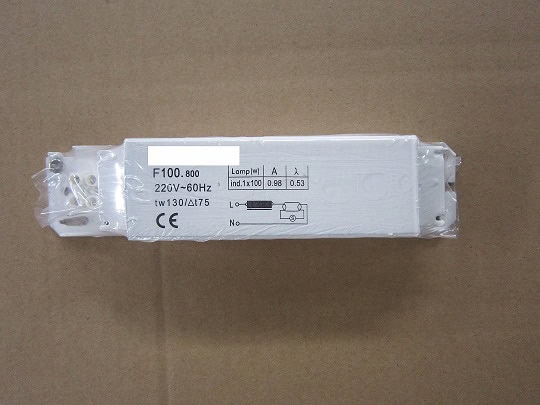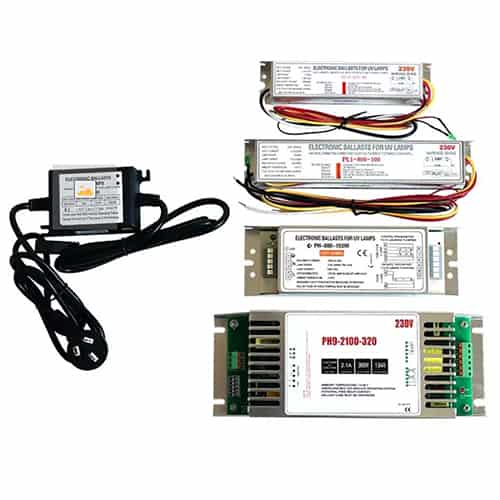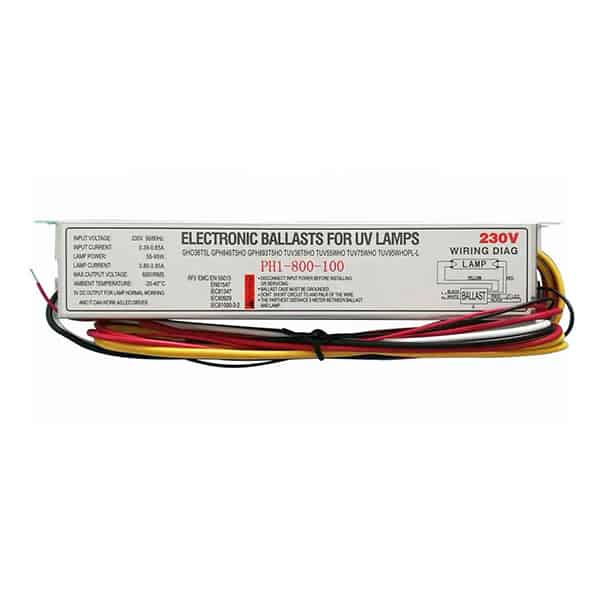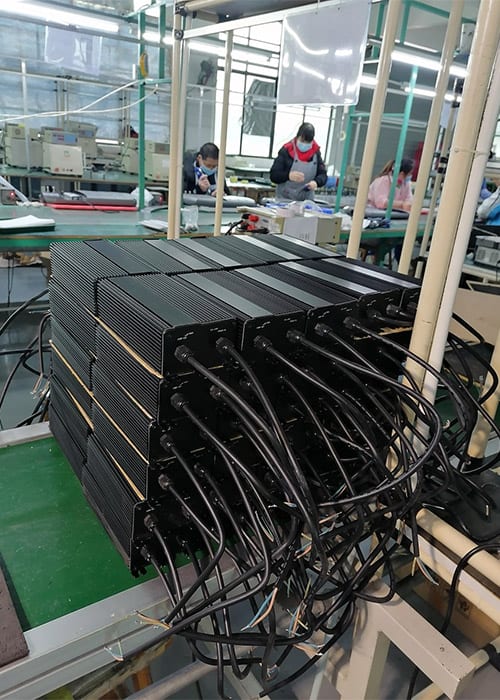The confusion between light ballasts and transformers causes people to use the wrong product and have an inefficient system. Understanding the difference will help you use the right one.
The big difference between a ballast and a transformer is that a ballast controls the current in a lighting system, while a transformer adjusts the voltage between two circuits.
This article explains the functional differences and why you need to know what each one does.
How Does a Ballast Transformer Work?
A ballast transformer works by regulating the electrical current sent to a lighting fixture, ensuring that the lamp operates efficiently without overheating. The ballast is crucial in gas-discharge lamps like fluorescent or metal halide lights, providing an initial high voltage to ignite the lamp and then controlling the current during operation.
On the other hand, a transformer adjusts voltage levels between circuits. It steps up or steps down the voltage depending on the power requirements of the connected devices. Transformers are more commonly used in power distribution systems, whereas ballasts are specific to lighting control.
What is the Difference Between a Ballast and a Bulb?
A ballast is not a light source but a component that ensures the proper functioning of a lighting system. Its primary function is to regulate the current flowing to the bulb. Without a ballast, the lamp may receive too much current, leading to premature burnout or overheating.
Conversely, the bulb is the light-emitting component. It produces light when electricity passes through it, but it needs the correct electrical conditions provided by the ballast to operate safely and efficiently. For instance, gas-discharge bulbs require precise current control that only a ballast can provide.
What Does a Ballast Do in Lighting?
In lighting systems, a ballast regulates the current flowing to the light source. It prevents the light from receiving too much electrical current, which could lead to overheating or early failure. A ballast also helps ignite the lamp by providing the high voltage needed to start gas-discharge lamps, such as mercury vapor, metal halide, or fluorescent lamps.
Without a ballast, the light would either flicker or burn out due to an uncontrolled flow of current. This critical component ensures that lighting fixtures remain functional and efficient for their intended lifespan.
Can a Light Work Without a Ballast?
A gas-discharge light cannot operate without a ballast. Lights like fluorescent, metal halide, and mercury vapor bulbs rely on ballasts to regulate the electrical current. The ballast ensures that the light operates within its designed electrical parameters.
However, modern LED lights do not require traditional ballasts. Instead, they use LED drivers to manage the power supply. Retrofitting older fixtures with LED lamps may involve bypassing the ballast or replacing it with an LED driver.
What Are the Three Types of Ballast?
- Magnetic Ballast: Common in older lighting systems, this ballast uses a magnetic coil to regulate the current. While cost-effective, it tends to generate more heat and less energy efficiency compared to modern options.
- Electronic Ballast: These are lighter, more energy-efficient, and eliminate the flicker often seen in magnetic ballasts. They use electronic components to regulate the current and are widely adopted in modern lighting systems.
- Hybrid Ballast: A mix of magnetic and electronic technology, hybrid ballasts provide stability while offering improved energy efficiency and lower operational costs compared to fully magnetic ballasts.
Why Use a Transformer for Lights?
Transformers are essential in large lighting systems that require different voltage levels. For example, a transformer might step down the voltage from the main power supply to a lower level, suitable for lighting fixtures. This is especially important in large industrial or commercial lighting systems, where high voltage is delivered from the power grid.
By using transformers, facilities can efficiently manage power, ensuring that all lighting fixtures receive the correct voltage, improving both safety and energy efficiency.
Difference Between a Substation and a Transformer
A transformer is a single component of a substation, designed to adjust voltage levels between circuits. The substation, however, is a more comprehensive facility that houses transformers, circuit breakers, and control systems to manage the distribution and regulation of electricity across regions.
Substations control the flow of electricity from power plants to homes or businesses, ensuring that the correct voltage is delivered. Transformers, within this setup, serve the critical function of stepping voltage up or down.
Knowing the difference between a lamp ballast and a transformer is important. Ballasts control the current in a lighting system while transformers regulate voltage for wider power distribution systems.




